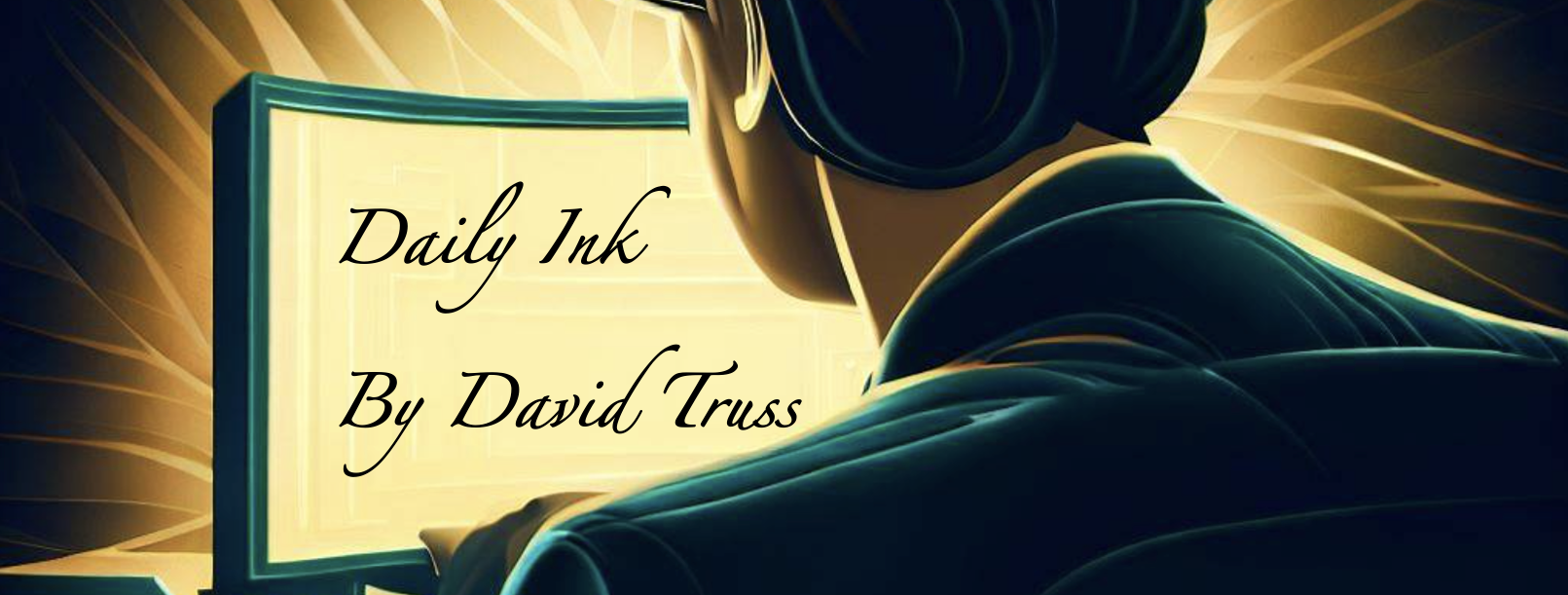We need food to survive. We must feed ourselves. But how we do so varies considerably.
Some people eat purely for subsistence. They know they need to eat so they do. It’s a chore. Maybe they don’t care for food, maybe they are on a specific diet for weight loss,,, or weight gain like a bodybuilder, and they eat what they must to stick to their diet or a timeline.
Some people get immense pleasure from eating. Every meal is an opportunity to celebrate the joy and taste of food. Every bite is a dopamine fix, and an opportunity for enjoyment.
Some people eat for comfort. Food is a non-judgmental friend that is always there for them. They don’t just eat food, they have a loving relationship with it. Food is an entity in their lives, not just objects to be put in their mouths.
Some people don’t get enough food. Food to them is a goal, it’s not just a desire, it’s a need. I think this is where humans and animals all start their food relationships. Babies cry when they are hungry. Caveman spent the majority of their lives hunting and foraging and making weapons, all for the purpose of getting that next necessary and life sustaining meal.
Now, for much of the world food is not just about the next opportunity for subsistence, it’s the quest for something enjoyable. It’s not just a human thing, my cat will wait for me to open a can of wet food, while an endless supply of hard food is available to him. It’s not just about getting energy into our bodies, it’s the desire for an enjoyable meal. Food is a journey and not just a destination.
For that reason, I think food addictions are as challenging as any drug addiction can be. Just as food can be a friend, it can be a foe. In fact it is a horrible foe because it masquerades as a dear friend. It feeds you the illusion of comfort while all the while undermining your health and wellbeing.
Sugar can be as addictive as other more illicit white powders. It can change your gut biome, which in turn can influence your thought processes. It triggers your dopamine to spike and brings pleasure. Studies have demonstrated that mice would rather choose a sugary snack than a dose of morphine. We can have food relationships like these mice, seeking out the dopamine hit of food over drugs. Food over everything else.
Our relationship with food has so many influences, from how prone we are to addiction, to the availability of food when we were young, to the balance or imbalance of nutrients versus junk food we consume, to our pleasure we get or don’t get preparing food.
I think when we live in a world of abundant food, where food is much more than just for subsistence, we need to be conscious of our relationship to food. We need to be intentional about what we need to eat, and we need to be disciplined to reduce the foods that do not serve us well. With too much choice comes too many bad choices, and so we must cultivate a healthy diet, and a healthy relationship with food.
The positive thing about this is that we need not sacrifice taste, there are many foods that are both good for us and tasty. What we must sacrifice are choice and time: Limit choices of bad foods at our disposal, and find the time to make healthier meals that are not as convenient as takeout or premade and prepackaged… All the while being tempted and triggered by our desires to eat sweet, fast, and easy to access calories that don’t add any value to our wellbeing.
We can enjoy food that is also good for us, and we can define our relationship to food around healthy options, but it takes effort, will power, and time. Bon appétit.
Like this:
Like Loading...











